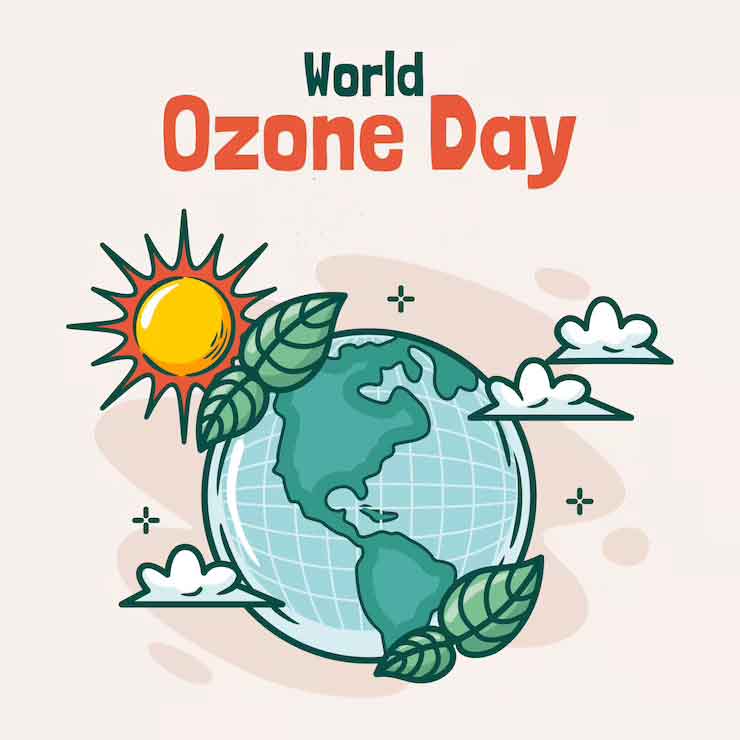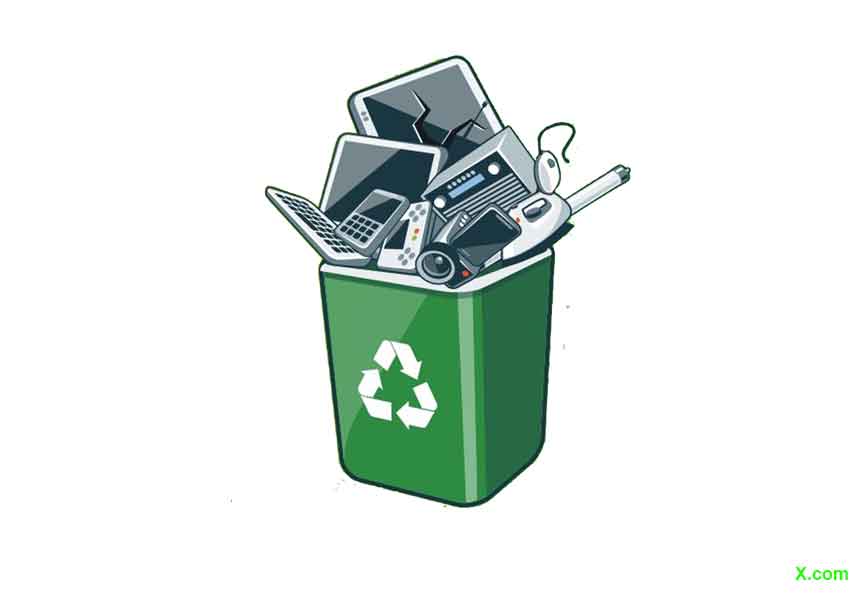Dr. N. Munal Meitei
Environmentalist, email- nmunall@yahoo.in

The International Day for Preservation of Ozone Layer is marked on 16 September, 2024 has the theme, “Montreal Protocol: Advancing Climate Actions” with the slogan, “Ozone for life.” The ozone layer, a fragile shield of gas, protect the Earth from harmful ultraviolet rays (UV-B) of wavelength 310-280 nm of the Sun, thus helping preserve life on the planet. By phasing out ozone depleting substances, we are also acting on climate action. This day is to bring solutions, fix the planet’s ozone holes and reducing the climate change.
At an average, in 10 million of air molecules, there is about 2 million oxygen and only 3 molecules are of ozone (O3). Though very small in quantity, it plays a vital role in our life. Due to ozone layer depletion, many dreaded challenges are come up to all the biotic forms on the planet.
This month, from 18 September, we Manipuri Hindu observe 15 days long Tarpan, a floral tribute and offering victuals to the departed souls. During these days, if we could plant at least one seedling in the name of each of the departed souls, then it could be the greatest offering. If so, our state could be with full of greenery and the departed souls would surely happy for our health and environment. Thus, Tarpan of our cultural legacy would surely help to create a better Manipur.
Changes in climate affect the behavior of Earth’s ozone layer, because ozone is influenced by changes in the meteorological conditions and the atmospheric composition. In a cooler stratosphere, ozone loss creates a cooling effect that results in further ozone depletion. UV radiation releases heat into the stratosphere when it reacts with ozone. With less ozone, there is less heat released, amplifying the cooling in the lower stratosphere and enhancing the formation of ozone-depleting polar stratospheric clouds, especially near the South Pole.
About 90% of the earth’s ozone is found in stratosphere with maximum concentration occurring at the height of about 23.5 km. Ozone at this region is formed when oxygen molecules absorbed ultraviolet photon from sunlight and undergoes photolysis. The cause of stratospheric ozone depletion is due to the increase in the level of free radicals of hydroxyl, nitrous oxides and other halo-carbons. Chlorofluorocarbons (CFCs) used for refrigeration, air-conditioning and foam blowing agents, cleaning of the electronic components and as solvent cause 80% ozone layer depletion. When CFCs break down, free chlorine atoms are released. These chlorine atoms are highly reactive that a single chlorine atom can destroy as many as 1 million ozone molecules. With this process, the ozone layer in the stratosphere is depleting day by day.
Exposure to higher amounts of UV radiation could have serious impacts on humans, animals and plants. The challenges to human health include skin cancers, cataracts, eye diseases, sunburns, premature aging of the skin and immunosuppression. Experts say, if not check the problem of ozone layer depletion, 20% of the world population may suffer from skin cancer in the next 50 years. According to WHO, cataracts affect approximately 139.4 million people and cause moderate to severe vision loss in over 80% cases. A sustained 10% thinning of the ozone layer is expected to result in almost 2 million new cases of cataract every year.
The planet is heating up due to increases in the need of air-conditioning in homes, offices, factories, schools and cars. At present cooling equipment consumed 20% of total energy and is expected to double by 2050. At the same time, expanding access to sustainable cold chain – to keep food fresh and medicines/vaccines viable – also affects climate and ozone layer.
Under the Convention’s Montreal Protocol, governments, scientists and industry cooperates have so far replaced 99% of these gases. But the latest update from the Scientific Assessment Panel to the Montreal Protocol confirmed that if the ozone recovery is continued on track, ozone levels are expected to return to 1980 levels by around 2066.
Ozone layer depletion has also adverse impacts on agriculture, forestry and natural ecosystems. It can affect the important food crops by adversely effecting Cyanobacteria which helps them to absorb and utilize nitrogen. World’s major crop species, wheat, rice, barley, oats, corn, soybeans, peas, tomatoes and almost all staple and cash crops are particularly vulnerable to increase in UV radiation, resulting in reduced growth, size, photosynthesis, flowering time and pollination time causing changes in yield. Small changes in leaf size may increase the ability of weeds to grow around some crops.
Phytoplankton, the tiny photosynthesizing sea plants which provide 70% of all the oxygen available on earth is genetically damaged by UV-B ray. Coral Reefs that mankind termed them as the tropical forest of the ocean that sink around 90 megatons of carbon per year are also most affected by ozone layer depletion. Due to increase in UV-ray, our global biodiversity is intensively damaged affecting all life forms.
Materials such as wood, plastic, rubber, fabrics, paints and many other construction materials are degraded by UV radiation. The economic impact of ozone depletion on replacing and protecting materials could be significant. By phasing out HFCs, the Kigali Amendment to the Montreal Protocol may result in avoidance of up to 0.5°C of warming by 2100.
For the peoples of north eastern India including Manipur who are dwelling in the higher altitude and also nearer to the tropic have the vulnerability to the harmful effects of ozone layer depletion. It is imperative to tackle ozone layer depletion, protecting the natural ecosystems and forging a brighter and more equitable planet for the humanity.













